Before he died, Calvin—my dad—made these two…vases, I guess you’d call them. I have three, and there are more scattered among my sisters and maybe among people I don’t know—I didn’t really move in his circles, or know if he even had circles.
Looking at them, they’re probably not that impressive. But here’s why I think they’re amazing aside from the fact that my dad made them.
I’m not suggesting that the jaws of art critics will drop, though once I did get the opinion of an NYC based art critic on them because I thought that would be cool.
He said they’re worth millions.
No, joking.
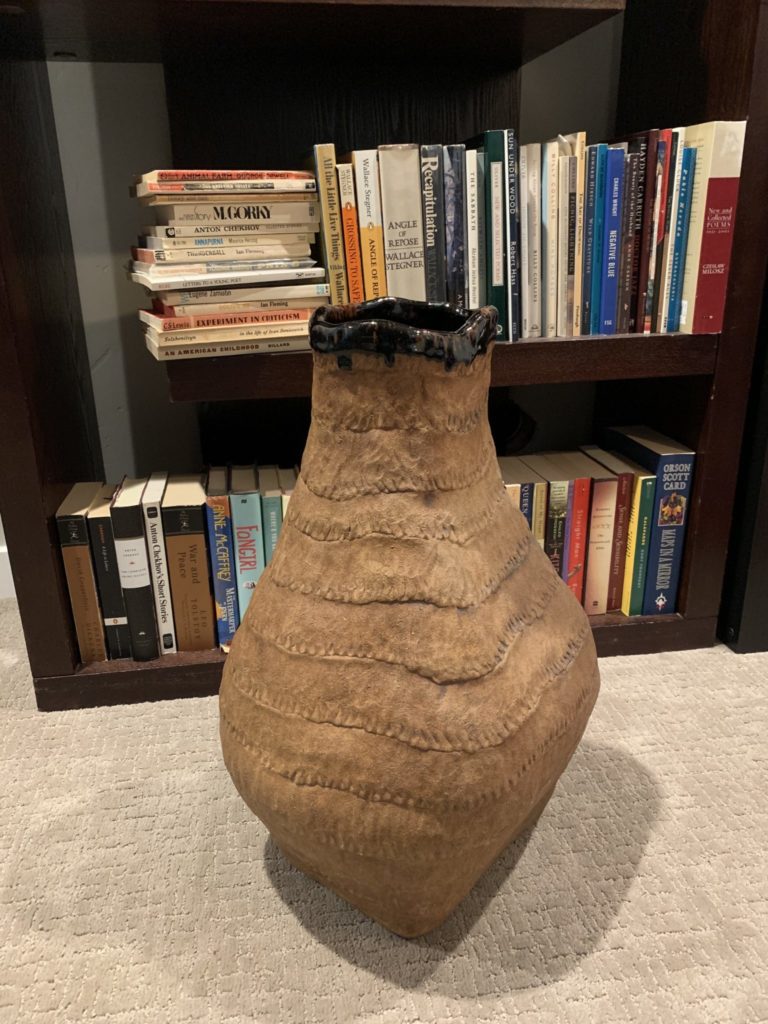
Judging from his art, maybe Calvin felt too much (and maybe isn’t that something that defines artists?). I hardly knew him—my mom divorced him when I was 9 and we grew apart. But I think I know that thing about him—that he was passionate and longed to create beautiful art. And when I look at what he made, I realize things about him and I wish I could talk to him about that stuff.
On a factual level, I only know a few things about Calvin Grotepas. Like, his birthdate, and so his astrological sign. Cancer, if you’re wondering, a water sign. Water signs hide depths and hidden worlds and I know that brands me as into woo or something to even mention it, but in my experience, birth signs impact relationships and certain signs are drawn to other signs.
His parents were immigrants—his mother was British, and his father was from the Netherlands and the man spoke very little to no English. Calvin was raised in quite poor circumstances, and paid rent beginning at the age 14.
Those things shaped him. But his passion drew him to fascinating interests. He admired the work of Henry Moore, and probably other sculptors, but I remember Moore because Calvin took me to an exhibit at the U of U to see his work.
I was super little and only remember trying to pay attention and make him proud of me for being so attentive and interested in his interests.
When I was older, he spent a lot of his time throwing pottery on the wheel and attempting to fuse a wheel thrown style with sculpture. He did loads of bronze casts of sculptures and the forms he conceptualized there would also end up as handles on lids of wheel thrown pots.
At some point, his muscles began to deteriorate. His pinky finger wouldn’t bend, so it would cut through the pots as he threw them and ruin his work. I still remember the day he told me, years after the fact. Those were the things he bore alone and I look back and wish things could have been different for him.
If you’ve ever thrown on a wheel, you’ll understand how disastrous an uncooperative finger could be, and that it would mean an end to the experience altogether.
What was happening? He eventually discovered that he had a very rare muscle wasting disease likely catalyzed by lithium treatments for his mental illness.
But he didn’t give up creating.
Even when he could no longer follow that specific passion, he transferred it to a new way of building the forms he loved.
Hand-built pots take patience. I’ve only dabbled in clay a bit—courses in junior high, high school, and college—but I know enough to know that any weight bearing component of a piece must dry enough to support new layers.
There’s something organic, alive, and patient about these vases. They’re built layer on layer, slowly. I never got to ask him how long it took to make one. I wish I had.
What’s even more surprising about these vases, is how light they are in relation to how large—some are at least one cat-length! To me they suggest waves and growth, movement, and they breathe as though they were thrown, but no, they were formed by hand. Pressed together, molded and shaped over long periods of time.
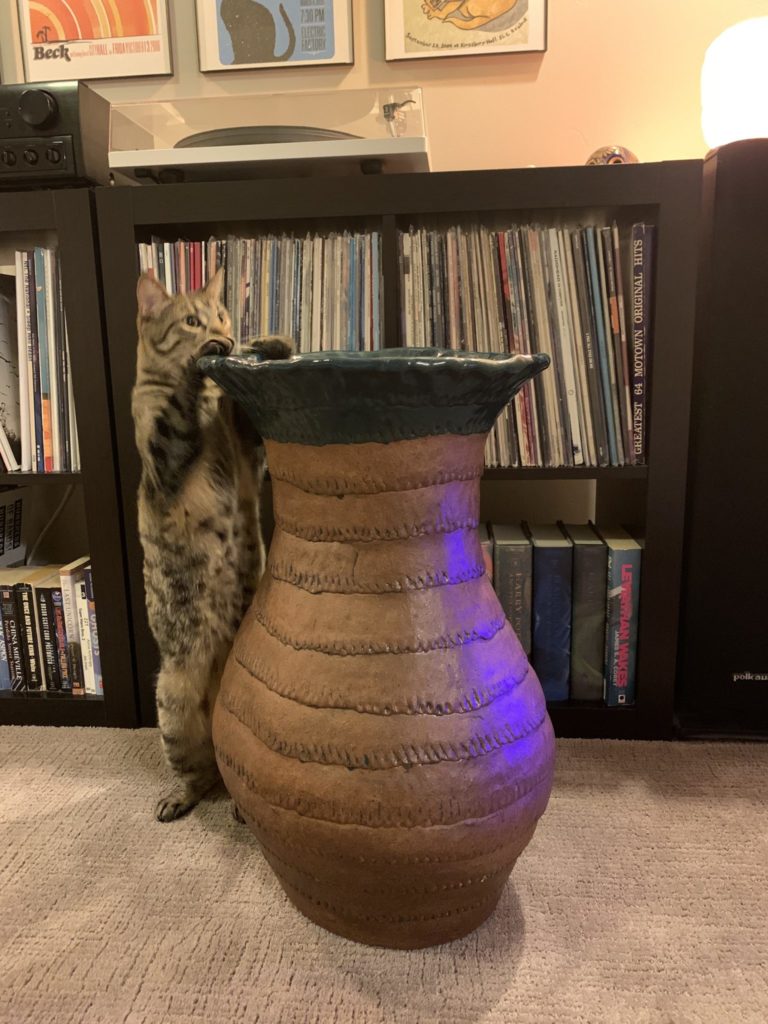
I’m not a specialist in art, let alone sculpture, but I look at the periods of Cal’s creative life and I believe he reached his peak when he began to make these vases. Hitting that peak, even at the moment when his power had been blunted, required a lifetime of mastering previous lessons and principles related to clay and working with it.
If the road had been easy, if he’d not been forced to give up the wheel, if his body had cooperated forever till he died, he’d have never uncovered the genius and beauty that lay within him, dormant.
It required a new path, one that was found when there was no other way to go, when he’d been robbed of his comforts and was forced to find a new method to still do what he loved.
I have so many regrets about my dad. But I’m pleased to have these pieces of him scattered around my house, reminders of what was hidden within him, the beautiful parts of his soul that were blocked from both of us by pain and sorrow.
In coming to these realizations about him, I’ve also come to understand the complexity of humans, and most especially my parents—the people we tend to expect to be perfect when we’re children.
As a general rule and in my view, people are confusing and hard, though I always tend to love them. I want them to speak my language and meet me on my terms, but often the only way to hear them is on THEIR terms and by learning their language…sculpture, pottery, and science fiction were my dad’s languages.
And I hear him.
I think I do, anyway. And ultimately, I just think these vases are super cool. And everyone should see them.
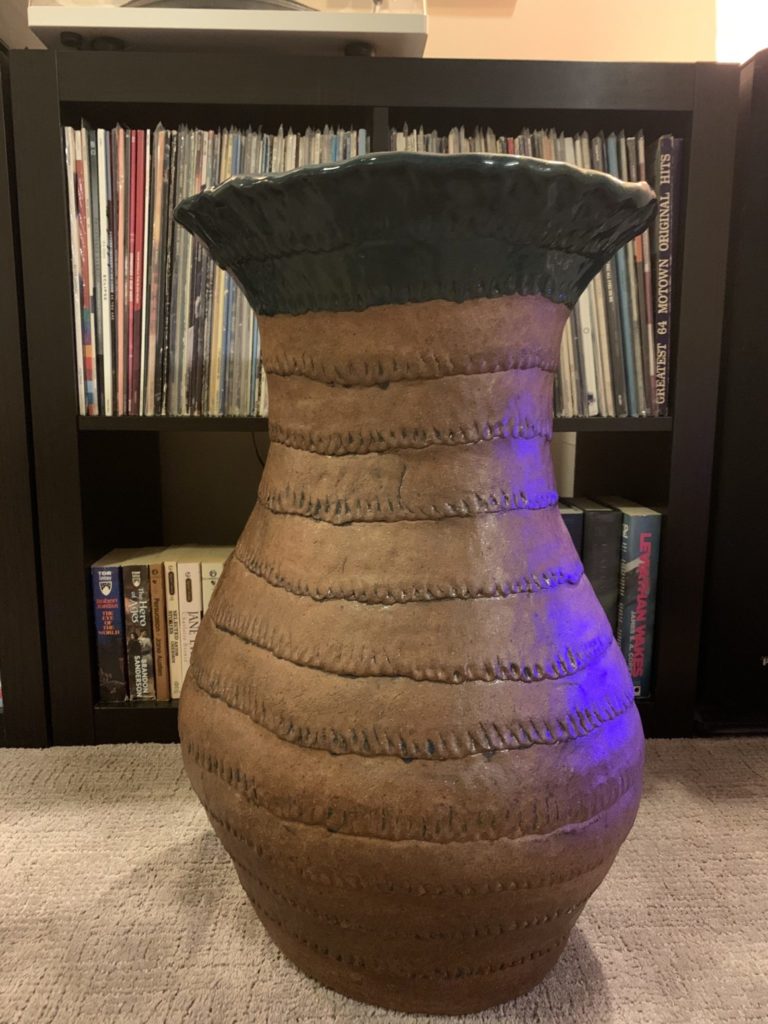
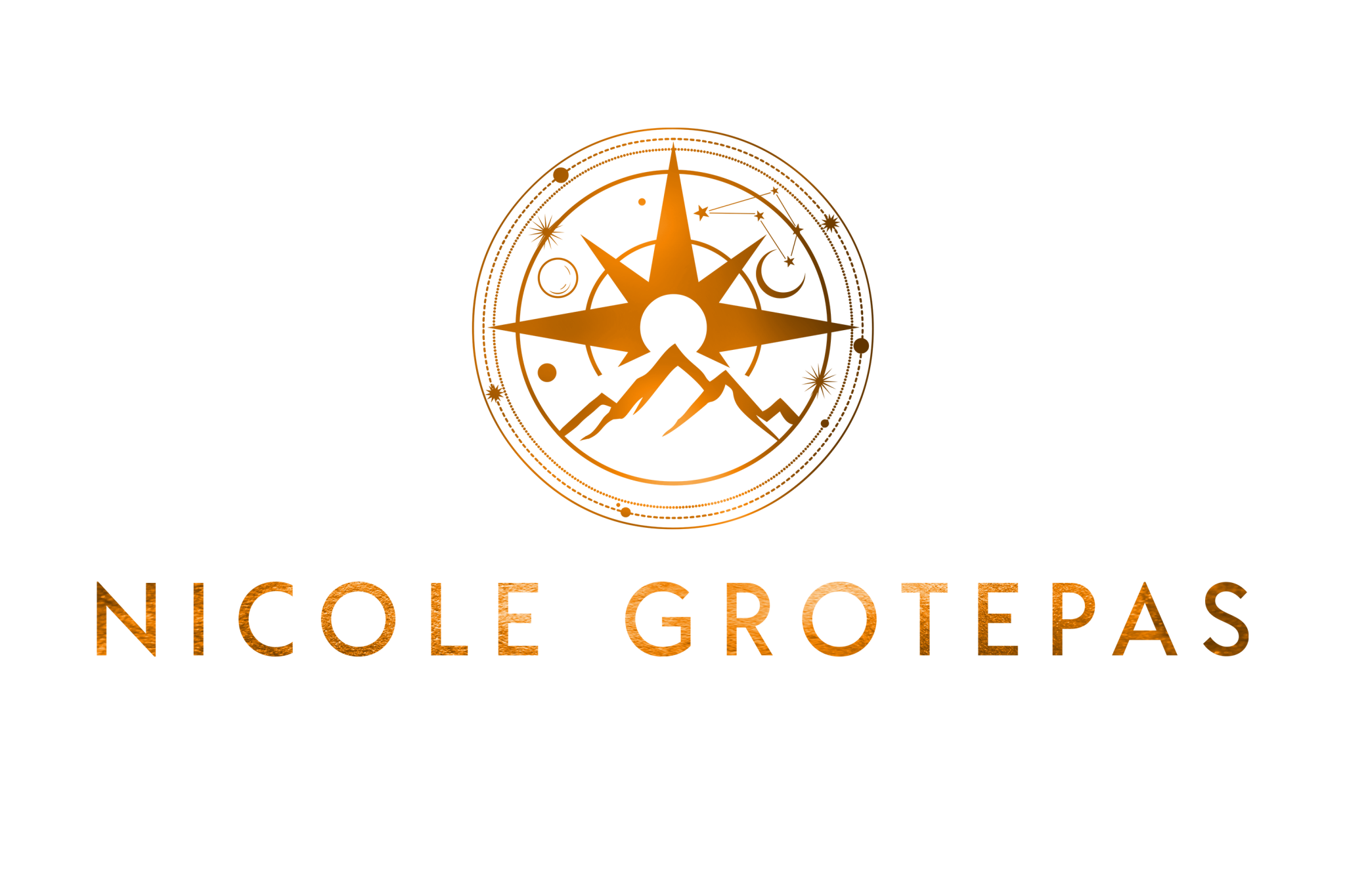


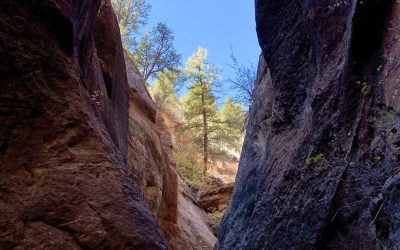
0 Comments